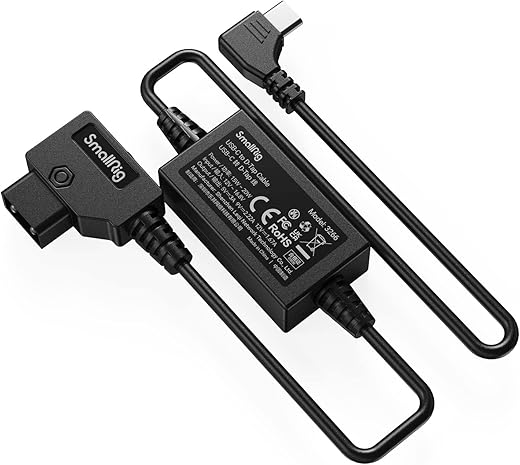









Understanding Wireless Charging Circuit Protection Systems
Wireless charging has rapidly evolved from a futuristic concept to a mainstream technology, seamlessly integrating into our daily lives. However, as we embrace this convenience, it’s crucial to understand the underlying mechanisms that ensure our devices are safe during the charging process. One such mechanism is the wireless charging circuit protection system. But what exactly does this mean, and why is it vital? Let’s dive into the world of wireless charging systems and explore the importance of circuit protection.
What is Wireless Charging?
Wireless charging, also known as inductive charging, uses electromagnetic fields to transfer energy between two objects. Typically, it involves a transmitter (the charging pad) and a receiver (your smartphone or device). When you place your device on the pad, it creates an electromagnetic field that allows power to flow without the need for cables. It’s like magic, isn’t it? Except, instead of waving a wand, we use coils, circuits, and protective systems to ensure everything runs smoothly.
The Importance of Circuit Protection
Imagine driving a car without brakes; it’s risky, right? Similarly, using wireless charging without proper circuit protection can lead to overheating, overcharging, and even damage to your device. Circuit protection systems act as a safety net, ensuring that the energy transfer remains stable and secure.
These systems are designed to prevent faults like short circuits, voltage spikes, and thermal overload. Just as a helmet protects a cyclist from head injuries, circuit protection shields your device from potential hazards. So, let’s break down the various components that make up these systems.
Key Components of Circuit Protection Systems
1. **Overcurrent Protection**: This is the first line of defense. When the current exceeds a certain threshold, the system automatically cuts off the power supply to prevent overheating. Think of it as a lifeguard who intervenes when someone is in danger of drowning.
2. **Overvoltage Protection**: If the voltage spikes beyond safe levels, it can damage the internal circuits of your device. Overvoltage protection acts like a dam, holding back excess pressure to keep things flowing smoothly.
3. **Thermal Protection**: Heat is a common enemy in electronics. Thermal protection monitors the temperature of the charging pad and the device being charged. If it detects excessive heat, it can shut down the charging process. It’s like a thermostat that ensures your home stays at a comfortable temperature.
4. **Foreign Object Detection (FOD)**: Have you ever placed metal objects on a charging pad by mistake? FOD is a safety feature that detects such objects and disables charging to prevent accidents. Imagine a security guard checking for unauthorized items before letting anyone in.
How Do These Systems Work Together?
These protection mechanisms don’t work in isolation; they collaborate to create a safe charging experience. When you place your device on a wireless charger, the system begins monitoring the current, voltage, and temperature. If any parameters exceed safe limits, the protection systems activate, ensuring your device remains safe.
This collaboration is reminiscent of a well-rehearsed orchestra. Each instrument plays its part, contributing to a harmonious performance. In the case of wireless charging, the result is a seamless and secure charging experience.
Benefits of Circuit Protection Systems
So, why should you care about circuit protection systems? Here are some compelling reasons:
– **Safety First**: With circuit protection, the risk of accidents and damage to your devices is significantly reduced.
– **Longevity**: Protecting your devices from overheating or overcharging prolongs their lifespan, saving you money in the long run.
– **Peace of Mind**: Knowing that your devices are safeguarded while charging allows you to relax and focus on other important tasks.
Conclusion
Understanding the role of wireless charging circuit protection systems is essential in our increasingly connected world. These systems not only protect your devices but also enhance the overall charging experience. By incorporating mechanisms like overcurrent protection, overvoltage protection, thermal protection, and foreign object detection, they ensure that charging is as safe as it is convenient. Next time you place your device on a wireless charger, remember the invisible guardian working tirelessly to keep your technology safe.
FAQs
1. Can I use any wireless charger for my device?
While many chargers are compatible, it’s essential to use a charger that meets your device’s specifications to ensure safety and efficiency.
2. What should I do if my device gets hot while charging?
If your device becomes excessively hot, remove it from the charger immediately. Check for any foreign objects on the pad and allow your device to cool down.
3. How can I tell if my wireless charger has circuit protection features?
Look for chargers that specify built-in safety features, such as overcurrent and overvoltage protection, in their product descriptions or user manuals.
